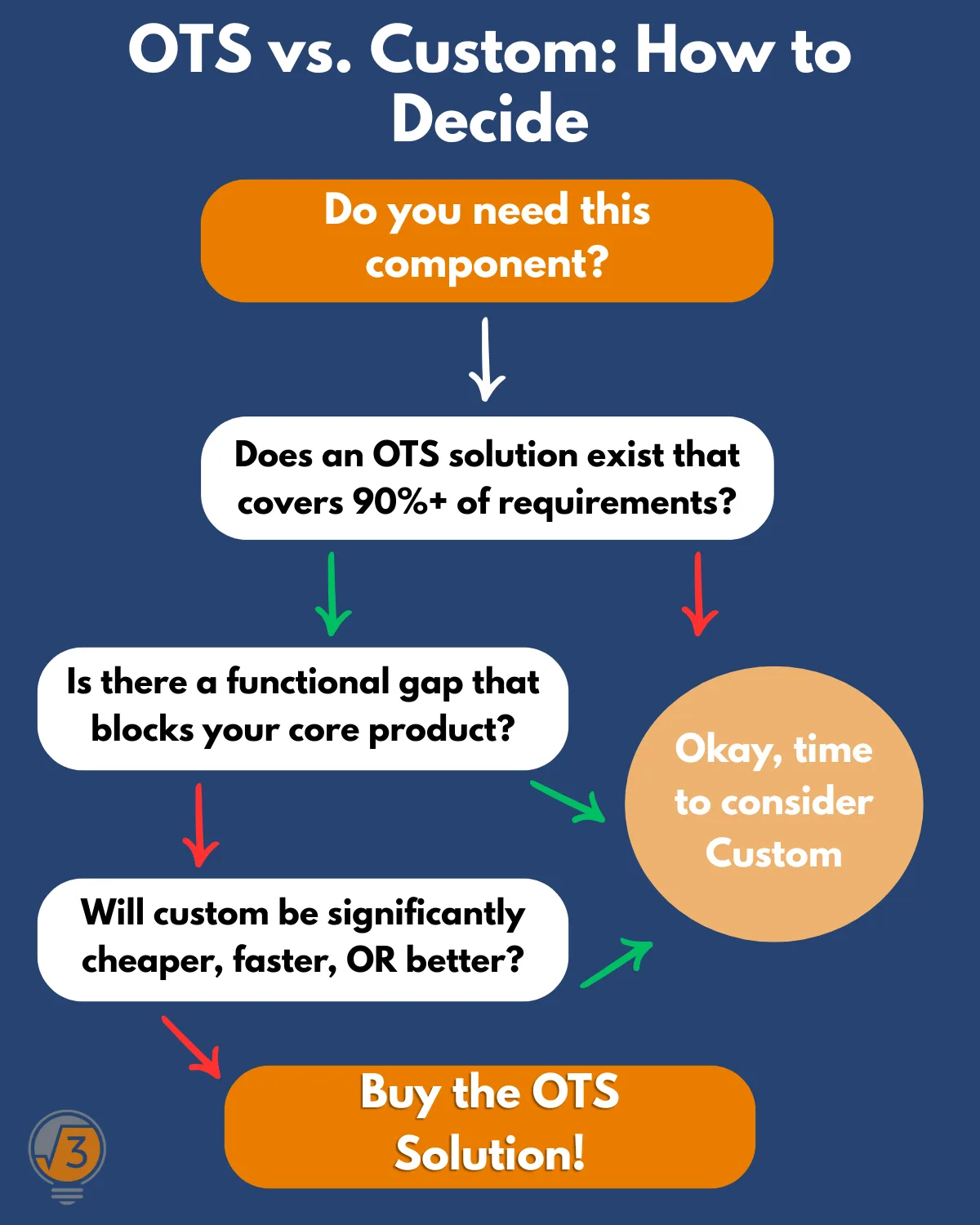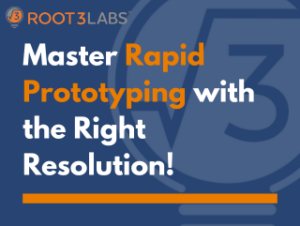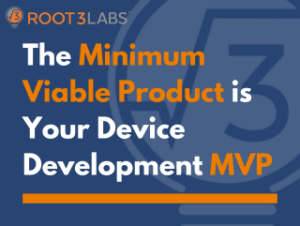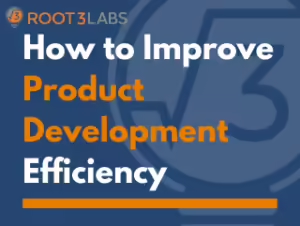Commercial Off the Shelf vs. Custom Parts: When to Buy or Build
In the fuzzy early stages of design and prototyping, we often talk about COTS/OTS versus custom parts. Have you also ever found yourself stuck deciding between commercial off the shelf, off-the-shelf, or custom parts? Choosing the right tool for the job is critical and that applies to your project components as well.
Understanding Commercial Off the Shelf and Custom Parts
COTS (Commercial Off the Shelf) and OTS (Off the Shelf) parts are essentially pre-made, ready-to-purchase components. Think of them like the building blocks you can find at a hardware store. There might be some subtle variations – a specialty industrial vendor might carry a more specific OTS part than your local Home Depot. But, generally, they’re ready-made and already validated, making them more reliable than custom parts.
On the other hand, a custom part is designed to your specifications for your project needs. Your customized part may still include OTS/COTS parts in the assembly alongside any number of specially designed components. These could be custom circuit boards, machined metal parts, specialized plastic bits – in theory, nearly anything could be customized to your needs.
Choosing the Right Fit: Buy or Build?
Let’s face it, if an off-the-shelf product perfectly fits your project needs, the decision is a no-brainer. But what if you can’t find anything quite right? If you need something specialized, how much customization is necessary? Do you have to start from scratch? Here’s where considering the existing product’s functionality and form factor comes into play. The answer will be different at different stages of your development cycle.
In the early stages of development, especially when prototyping, utilizing existing solutions can be a time and cost-effective way to prove your concept. You can always refine it into a more custom system later on.
The start of a new project can be overwhelming! There’s so many different directions to go in, and it can be hard to narrow options down. For example – are you going to outsource any of this work? Or try to handle it internally? Or a little bit of both? Hopefully our blog on Outsourcing vs. Internal Hiring can help you decide.
Knowing When to Buy (Even If You Can Build)

There are plenty of commercial products that almost never make sense to build yourself.
Think of it like making pizza. You could grind your own flour, grow your tomatoes, and make your own mozzarella to create an incredible pizza. But, unless you already have a well-stocked kitchen (and a prep cook), your hungry coworkers will probably appreciate you just ordering a pizza for lunch instead. The same goes for standard hardware like nuts, bolts, and bearings. Unless you have a top-notch machine shop on hand, buying them will always be easier and cheaper than making them yourself.
The fidelity of your prototype also comes into play – if an existing product already contains the functionality you need but the form factor is too clunky, that’s still enough to prove out your concept. In early stages of product development, it’s much cheaper, easier, and faster to start with existing solutions as you build out your product and then refine it into a more custom system.
Remember, at this early stage it doesn’t need to look pretty – it doesn’t even have to look GOOD. It just has to work. We’ve tested concepts with foam and cardboard prototypes when validating the idea is a bigger priority then material selection. The foam and cardboard can be easily swapped out for better materials when we need to start honing in on durability and compatibility later on.
When to Consider Custom
In the case where a commercial off the shelf product doesn’t satisfy the full scope of your project needs, then you’ll need something custom. How much customization is required will depend on how closely any existing products meet the project requirements, and how much more specialization you need.
There are a few key reasons why building custom parts might be the way to go:
- Cost and Lead Time: If the existing product is pricey or has a long lead time, building it yourself could be a quicker and more economical option.
- Improved Functionality: Maybe you envision a more convenient form factor, increased efficiency, lighter weight, or additional features. Building custom allows you to optimize the part for your specific application.
- Learning Experience: The design process itself can be incredibly valuable. You’ll gain a deeper understanding of design constraints, tools, and manufacturing processes.
- Supply Chain Control: Building in-house gives you more control over the manufacturing process and frees you from the whims and stock of a vendor.
- Future Design Flexibility: If you anticipate needing to modify the design later, building custom from the start allows for easier future iterations.
- Expanding Internal Capabilities: Maybe you’re using this project as a stepping stone for your business to enter a new market sector. Building custom will let you develop the necessary processes, equipment, and knowledge to pursue this expansion.
But remember, before diving headfirst into your custom creation, ask yourself:
- Am I making this cheaper, faster, or better than what’s already out there?
- Is the learning aspect valuable for my goals?
- Am I strategically expanding my capabilities, or just reinventing the wheel?
Remember, someone else might have already invested heavily in efficient, large-scale production of a similar part. It can be tough to compete with those economies of scale.
The Hybrid Approach
More often than not, the best approach combines off-the-shelf and custom components. You might start with commercial off the shelf products and modify it to fit your needs perfectly. Or, your core functionality might be custom-designed, while you utilize readily available components for housing or mounting. Remember, building everything from scratch can be a sneaky time-sink. Many problems already have well-established solutions, and trying to re-solve them can distract you from your critical path.
Leverage existing solutions whenever possible to keep your focus on your project’s core goals.
Conclusion
Understanding the difference between commercial off the shelf and custom parts is critical to making informed decisions throughout your project lifecycle. By carefully evaluating your needs and goals, you can choose the perfect fit – whether it’s buying a ready-made component, building something custom, or finding a clever hybrid approach.
Here at Root3 Labs, we’re always happy to assist you in navigating this decision-making process. Finding the perfect solution to a sticky problem is our FAVORITE work to do, so reach out with those sticky questions!




